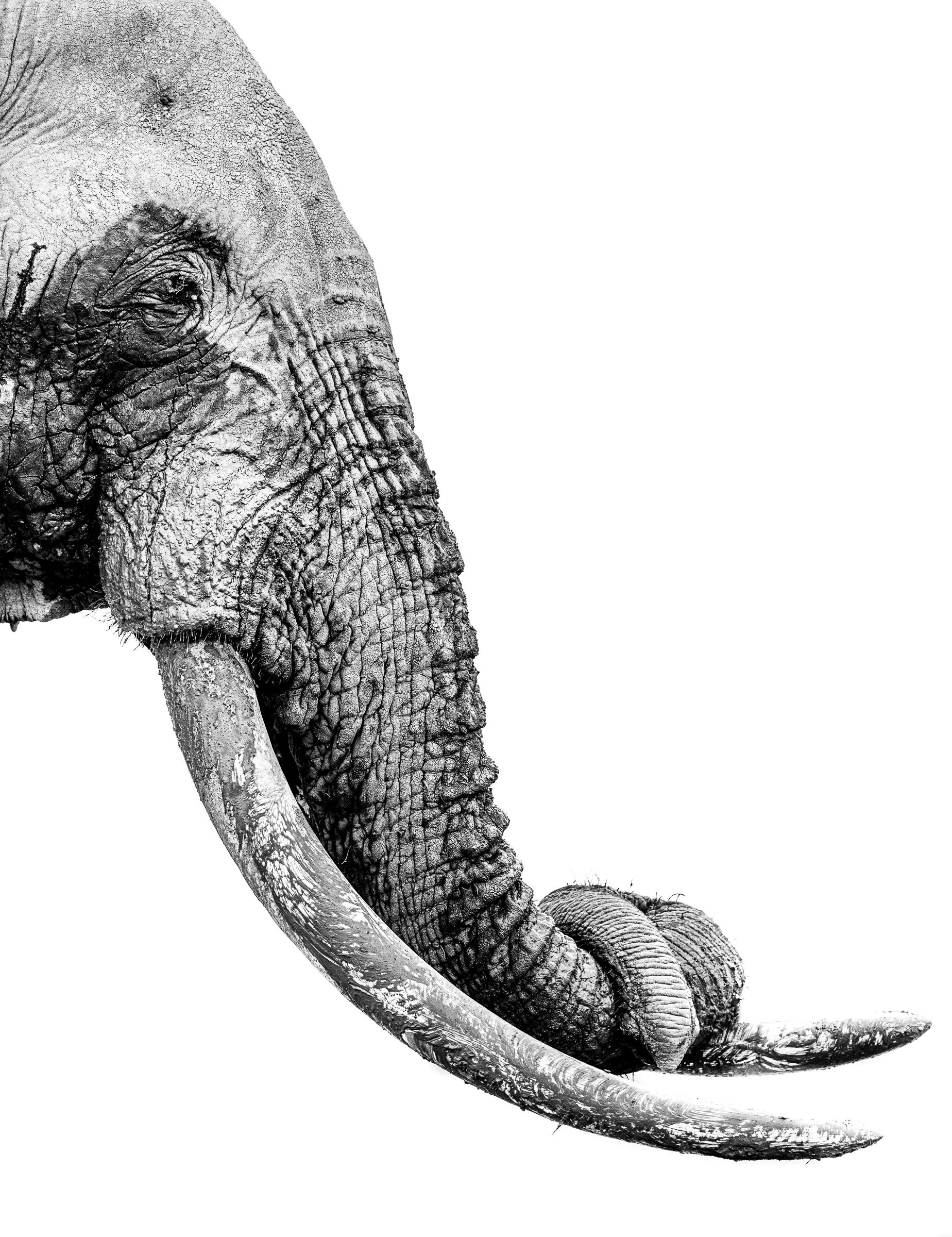A Mother’s Love
Maasai Mara, 2020
Standard: 48 x 35” (Edition of 10) | Large: 70 x 50” (Edition of 10)
Behind The Lens
Introducing the new series: “Behind The Lens”, telling the stories behind each image. This image, A Mother’s Love, was taken in the Maasai Mara while William was a resident photographer for Governors Camp Collection.
-
10% of the proceeds from William’s print sales are donated to his partnered conservation charity, David Shepherd Wildlife Foundation. An organisation focussed on the conservation of wildlife in Africa and Asia through an unyielding, holistic approach.
With William’s style deeply focussed on wildlife in its environment, working with organisations of this calibre and determination is a natural fit and prints are proudly embossed with the foundations logo next to William’s signature.
To date William’s work has been used to raise over £80,000 for a variety of charitable organisations.
-
I think one of the reasons lions remain so popular is our ability to anthropomorphise human emotions on to them. Conservationists are split on this, with some thinking it an error to do so while others fond of the idea as any means we can look to engage people with wildlife must be encouraged.
Here though, I find it hard not to imagine a human-like encounter. The bond between a lioness and her cub is so similar to that of a mother and her child. Indeed lioness’ often live with their mothers/ daughters throughout their lives, it is only males that usually change prides.
For the first six weeks of their lives cubs are totally dependant on their mothers. Despite their reputation as kings or queens of the jungle, these first few weeks are when they are at their most vulnerable. Hyena, eagles or in extreme cases even leopard can kill a young cub, so the mother keeps them hidden in thick bush until they are strong enough to live amongst the pride.
During these first few weeks not only is the lioness having to feed her cubs, but she must also feed herself. Having separated herself from the pride she must hunt solo, a much tougher ask, before eating as much as she can, as swiftly as she can, and returning to where she has hidden the cubs.
We can only imagine the relief she must feel upon returning to the pride, showing her cubs for the first time and returning to the family support unit the pride harbours. It is only then, when she has done so, that sightings like this for me as a photographer are possible.




















